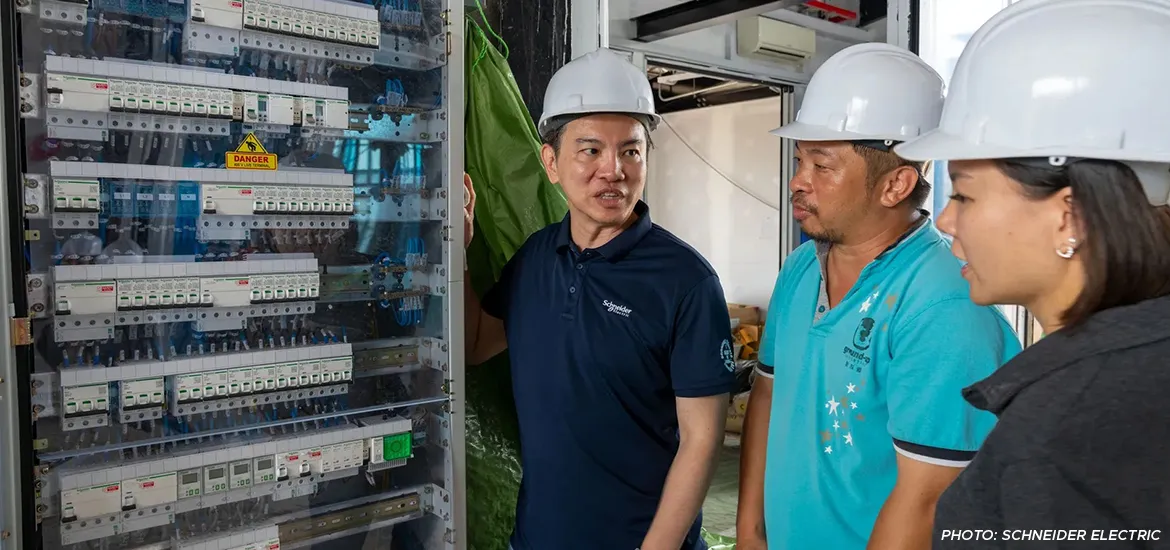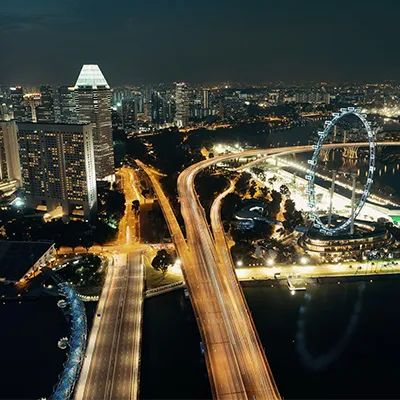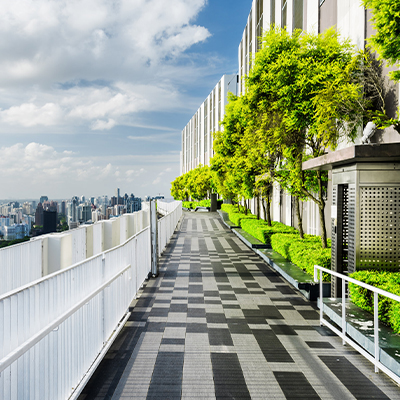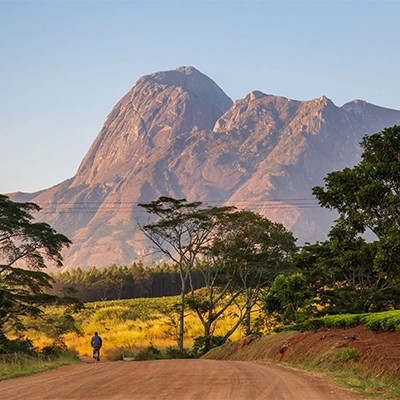A nearly 1.3-hectare plot of land in Khatib will be the new site for Ground-Up Initiative’s (GUI) Kampung Kampus, a vibrant community space for people of all ages to come together and learn about sustainability. It will include a farm, amphitheatre, and workshop spaces.
Not only can people participate in hands-on activities such as planting trees and making accessories from upcycled materials, but they can also learn about reducing energy usage.
Multinational corporation Schneider Electric has partnered GUI, the non-profit organisation that operates the space, and provided design and engineering support free of charge to help it be more energy-efficient.
Schneider has also sponsored its Power Monitoring Expert software, which helps GUI monitor its energy usage and provides data-driven insights. This enables it to reduce its carbon footprint and inform its decision-making.
Jackson Seng, vice president of digital energy division for East Asia region at Schneider Electric, said: “The volunteers from Schneider Electric work on the electrical design, look at how to monitor energy consumption, install the power management system, and help to see where the customer can be more efficient… We are going to use this for educational purposes as well.”
There will be explanations for visitors to learn about how energy can be reduced, as well as a screen showing the monitoring software working in real time.
“We have a different audience we can reach out to and show what kinds of solutions are available. This will trigger their thinking or trigger some interest in engineering,” he added.
Seng noted that Schneider and GUI have a shared vision – to contribute to local communities and push for sustainability.
Cai Bingyu, executive director of GUI, said: “What’s important is that the crowd that comes are not just people from the building industry – it’s... the children and the community.”
There are rooms where workshops can be conducted. These education efforts can inspire the public to think about how they can lower their own carbon footprint.
“Being an architect myself, I always wonder how we can contribute to the industry in terms of knowledge. This is where everything comes together nicely – a space where we have industry experts sharing their knowledge and product.”







